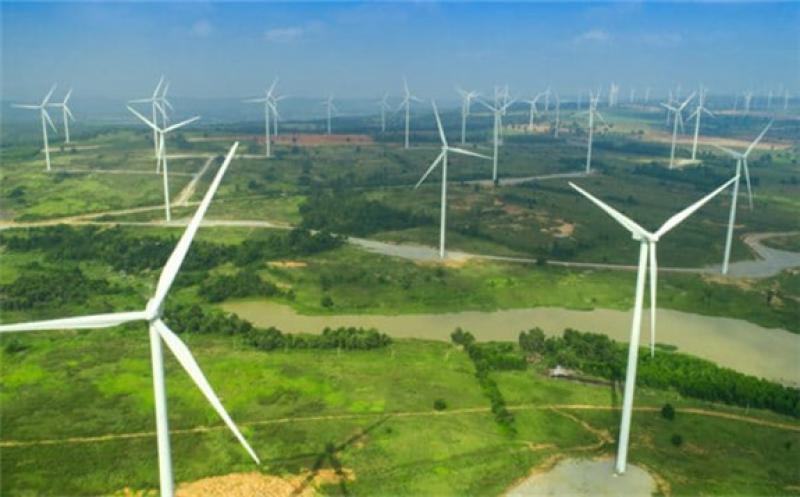The Kenyan court has ordered the Kenyan government to include the Bubisa wind farm in Marsabit County in its list of approved power projects. This decision comes after five years of legal proceedings initiated by its developer Gitson Energy.

Good news for Gitson Energy. The Kenyan diaspora-owned company is getting a favourable ruling after five years of legal proceedings over the construction of a 300 MW wind farm in Bubisa, a community in Marsabit County. Kenya’s High Court ordered the Ministry of Energy and the industry regulator, the Energy and Petroleum Regulatory Authority (EPRA), to include the 300 MW wind farm in its list of approved power projects.
The clean energy project was approved in 2010, with the Kenyan government authorizing Gitson Energy to build a 50 MWp wind farm and solar photovoltaic plant in Marsabit County. Since then, the project has been delayed due to land issues. Through court intervention, the company has resolved the land classification issues. But Gitson Energy’s wind project will again run into obstacles at the Kenyan Ministry of Energy.
Revival of a major project
The Kenyan High Court’s verdict is a relief for James Gitau, managing director of Gitson Energy. The ruling puts an end to the ups and downs of the independent power producer (IPP), which was well advanced in the implementation of its project in northern Kenya. The company received promises of financing from the U.S. Export Credit Agency (U.S. Exim Bank) and the Overseas Private Investment Corporation (OPIC), which has since become the U.S. Development Finance Corporation (DFC), thanks to the merger with the Development Credit Authority (DCA) of the U.S. Agency for International Development (USAID).
Diversifying Kenya’s electricity mix
The Bubisa wind farm project received approval from the Kenyan government at almost the same time as Lake Turkana Wind Power, another project developed by a myriad of foreign investors that resulted in the construction of a 310.25 MW wind farm. The twists and turns encountered by the consortium, including a court case in the Meru High Court over land issues, did not prevent the wind farm from entering commercial operation in 2018.
The facility is capable of generating 2,000 GWh per year, enough to power approximately 1.5 million Kenyan homes. The construction of the Bubisa wind farm is expected to further diversify Kenya’s electricity mix, one of the most attractive on the African continent. According to Power Africa, the East African country has an installed capacity of 2,819 MW, the majority of which, 828 MW, is generated by geothermal plants. The rest of the electricity distributed through the national grid comes from solar and wind farms, as well as hydro and thermal power plants. At the same time, Kenya has one of the highest electrification rates in sub-Saharan Africa, with 100% in urban areas and 65.7% in rural areas according to Power Africa.